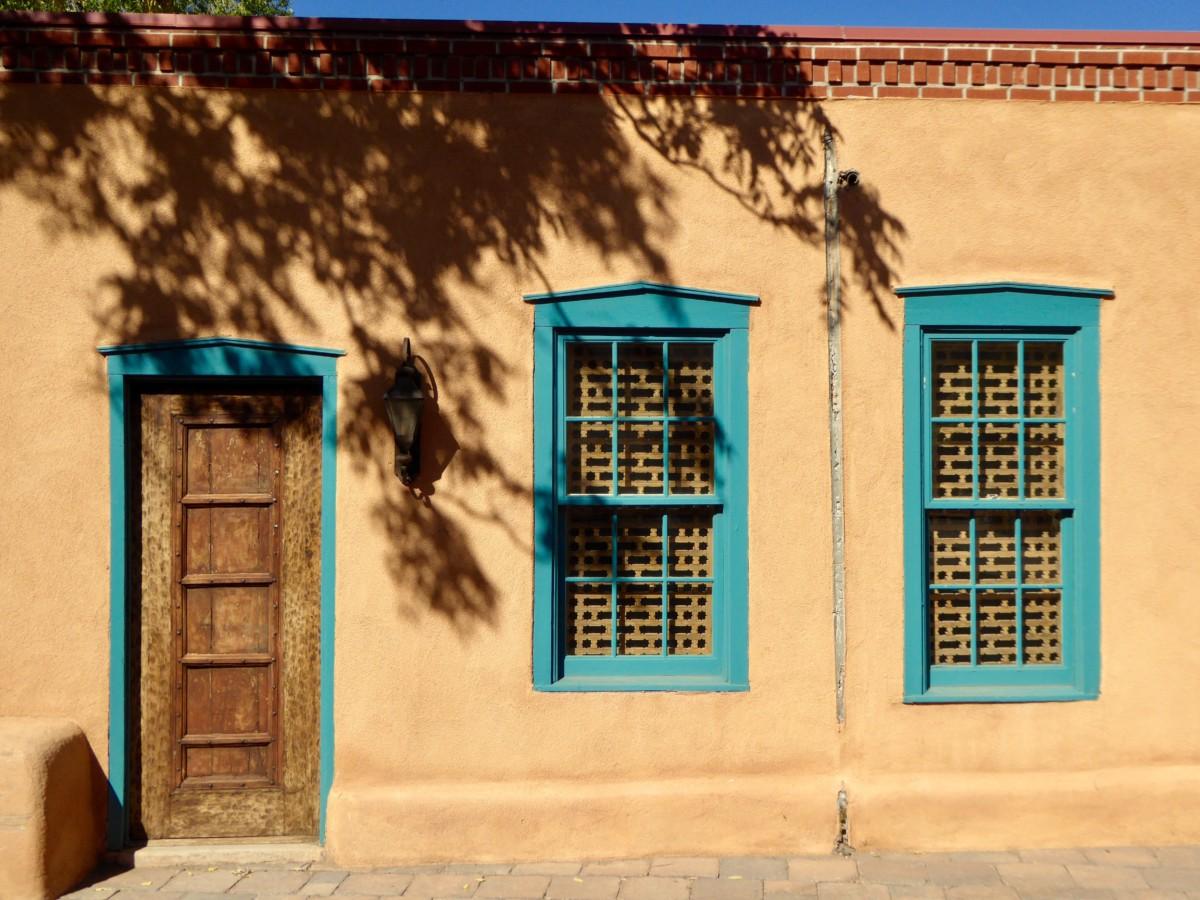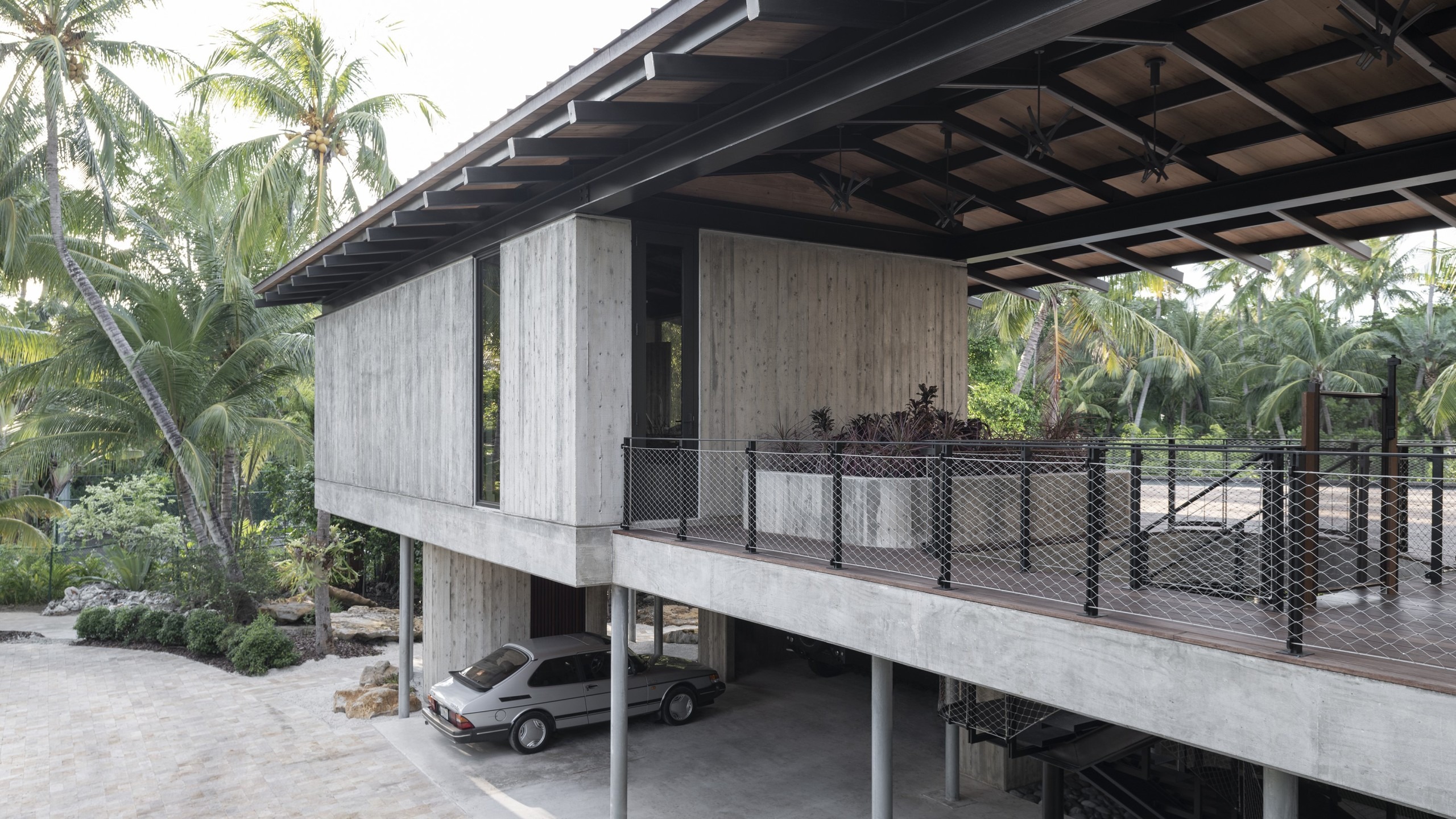This week, A+A continues its guest posts from some of this nation’s finest architects, curators and designers. We made a simple request of each: Give us 300 words about your favorite building and its architect, and why both are important. Today, Tom Kundig of Olson Kundig Architects in Seattle takes us to Paris to examine the Maison de Verre, and then to Ronchamp for a look at Le Corbusier’s Chapel of Notre Dame du Haut.
By Tom Kundig
When asked about my favorite architecture, my first instinct is to question whether it’s really about a building designed by an architect or if it’s more about purpose-built structures strongly rooted in place, like grain towers or mining buildings. Design is about function and context assembled in a thoughtful, poetic way.
That’s why Maison de Verre in Paris has always stood out to me. It was built in the late 1920s/early 1930s as a collaboration between a furniture and interior designer, an architect and a metalworker—Pierre Chareau, Bernard Bijvoet and Louis Dalbet. It stands up on so many levels, from concept to details, materiality and craft.
As a young architect, it strongly influenced me. Ultimately, Maison de Verre is about shelter, but it embodies so much more: the rational and poetic, cultural and tectonic. It’s a practical, rational structure that explores the definition of home. It’s rooted in tradition, but it vigorously embraces the invention and technology of its time.
Over my career, Maison de Verre has served as a touchstone. In approaching complex scenarios with seemingly impossible constraints, it gave me the confidence to continue to push to clear resolutions. In this case, it meant creating a modern home within an existing building whose elderly top-floor tenant refused to move. The design uses these constraints a springboard for invention. Every project is situational—the brilliance of Maison de Verre is how it responds to its unique context.
I would contrast that with Le Corbusier’s Chapel of Notre Dame du Haut in Ronchamp, which is an emotional, poetic burst of expression. It’s artistic, it’s inventive—to me, it enters the realm of the metaphysical. I wasn’t able to fully understand Ronchamp from photos like I understood Maison de Verre, but when I visited in 1979, I was struck by its sheer power. It rendered me speechless when I stepped on site… it was a completely visceral reaction.
For me, Maison de Verre and Ronchamp are the rational and emotional brackets that continue to guide my work today.
[slideshow id=1141]
Credits:
Maison_de_verre_Chareau.jpg. La Maison de Verre. Photo: Subrealistsandu (source: Wikimedia Commons)
Ronchamp_1.jpg. Notre-Dame du Haut, Ronchamp, by Le Corbusier. Photo: Sandra Cohen-Rose (source: flickr)
Ronchamp_interior.jpg. Notre-Dame du Haut, Ronchamp, by Le Corbusier. Photo: Tang Jieqiong (source: flickr)
Ronchamp_interior2.jpg. Notre-Dame du Haut, Ronchamp, by Le Corbusier. Photo: Patrick Collins (source: flickr)


